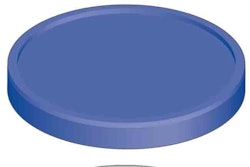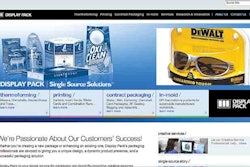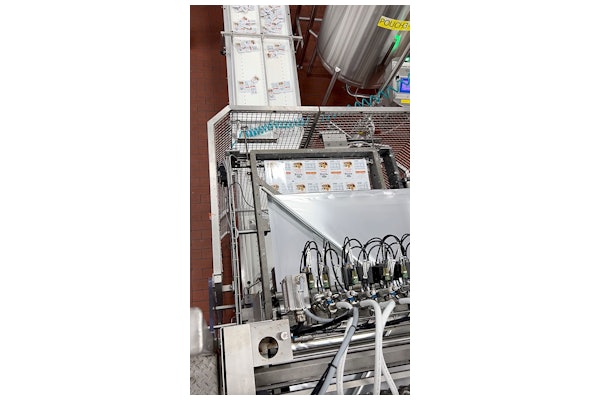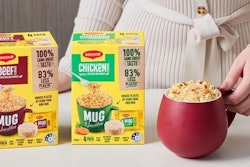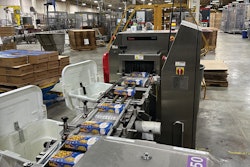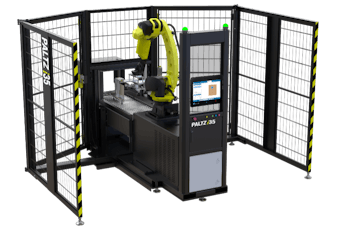Our December 2006 issue RFID Forecast (see RFID reluctance remains, www.packworld.com/view-22431) included Casas’s insights. However, he shared more than we had space for, so now we present more in T&A’s most recent update.
Under his guidance, T&A has tagged and shipped more than 300,000 boxes of lettuce or cauliflower to one of Wal-Mart’s distribution centers in Texas that accepts RFID-enabled loads. Casas's foresight resulted in having tagging done in the field at the point of origin when the produce is boxed.
“The hope was once we started to get enough data, we would be able to make some operational changes,” Casas said.
When asked about scalability, Casas replied, “The biggest issue in scalability is tag cost. If you place a 20-cent tag on a six-dollar case of produce, most of your margin is going to go with the tag. We need to have tags costs come down."
Casas says costs need to come down to below a nickel per tag.
Costs relate to return-on-investment. Casas observed, “Not everything shows an immediate ROI. That may come two or three years down the road. But if you don’t jump in on RFID, you’re going to be on the outside looking in.
“I think there’s an opportunity in the produce area for cost reduction because of the reusable plastic container, which is a a huge opportunity for multiple-use tags.”
In fact, T&A is working on a pilot project for RFID-tagged RPCs with Orbis Corp. (www.orbiscorporation.com). “It’s working pretty well,” Casas reported.
As with ConAgra, which was also represented in our December report, T&A had a seamless transition from Gen 1 to Gen 2 technology. “We moved into Gen 2 in June 2006 after having done all our development in-house,” said Casas. “Our team ramped up for it and when we ran out of Gen 1 tags we went to Gen 2 and kept right on going.”
It was also noted that T&A’s in-the-field RFID implementation was far more challenging than within a regular plant environment. The same is true for its products, lettuce and cauliflower, that have high water content making RFID reads more problematic.
Yet Casas remains optimistic about gaining value from RFID.
“I do have visibility down to the store level,” enthused Casas, “and I had never had that before! I see some very interesting things, such as when our product stays in a warehouse longer than it should. I can see us sending an e-mail alert to Wal-Mart that says: ‘Our product is getting old in your warehouse, please check on it.’ Long term, visibility could mean a lot to us.”
For more information see, T&A takes RFID into the field, www.packworld.com/view-18995, published April 2005; and Further RFID growth at T&A www.packworld.com/view-20010, published October 2005.

